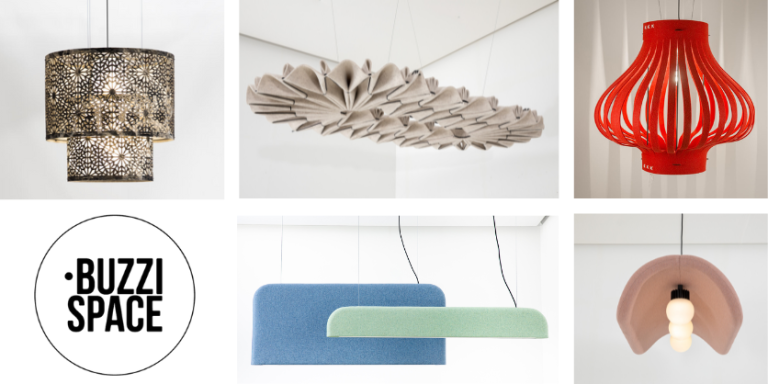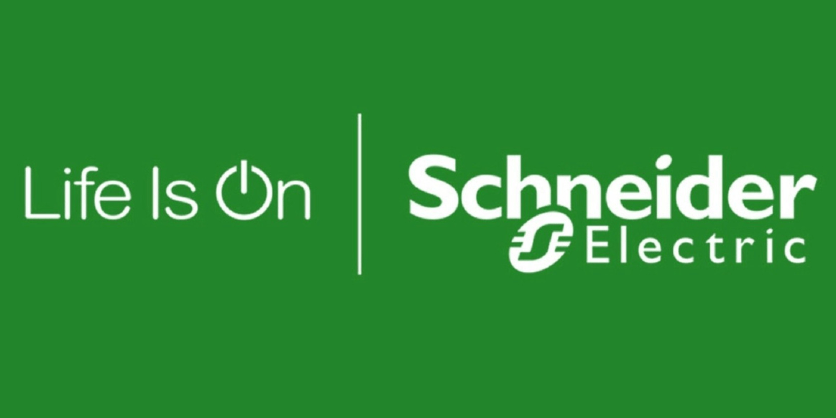5 Specifying Tips from Cooper Lighting: Designing Parking Lot Lighting for Healthcare Facilities
November 29, 2023
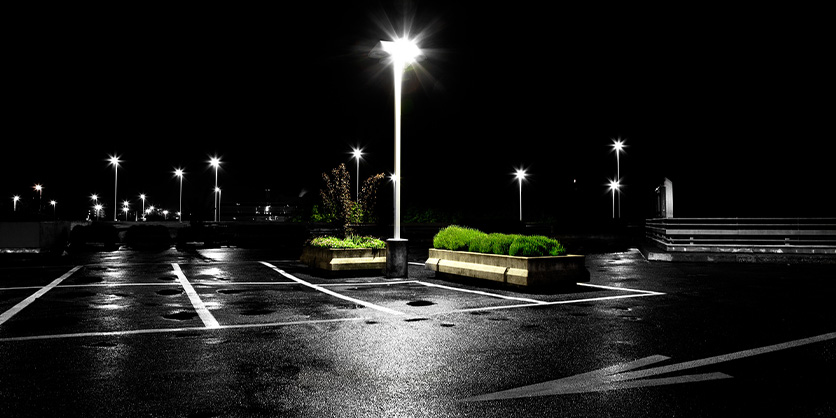
Hospital and other healthcare facility parking lots have their own special challenges when it comes to lighting. You have emergency vehicles racing in and out. Cars frequently pulling in and out of parking spaces. A good number of pedestrians during evening hours, many of whom are older or infirm.
If a healthcare facility parking lot doesn’t have great lighting, the consequences could be tragic. So, what makes for great healthcare parking lot lighting? We have five items to put on your must-have spec checklist.
1. Use the correct metrics.
The IES (Illuminating Engineering Society) no longer uses average FC (footcandles) as a measurement of light levels; we’re now encouraged to use maintained minimum FC.
Using the correct metrics helps ensure lighting systems are designed and implemented effectively, efficiently, and in a way that prioritizes safety and visual comfort.
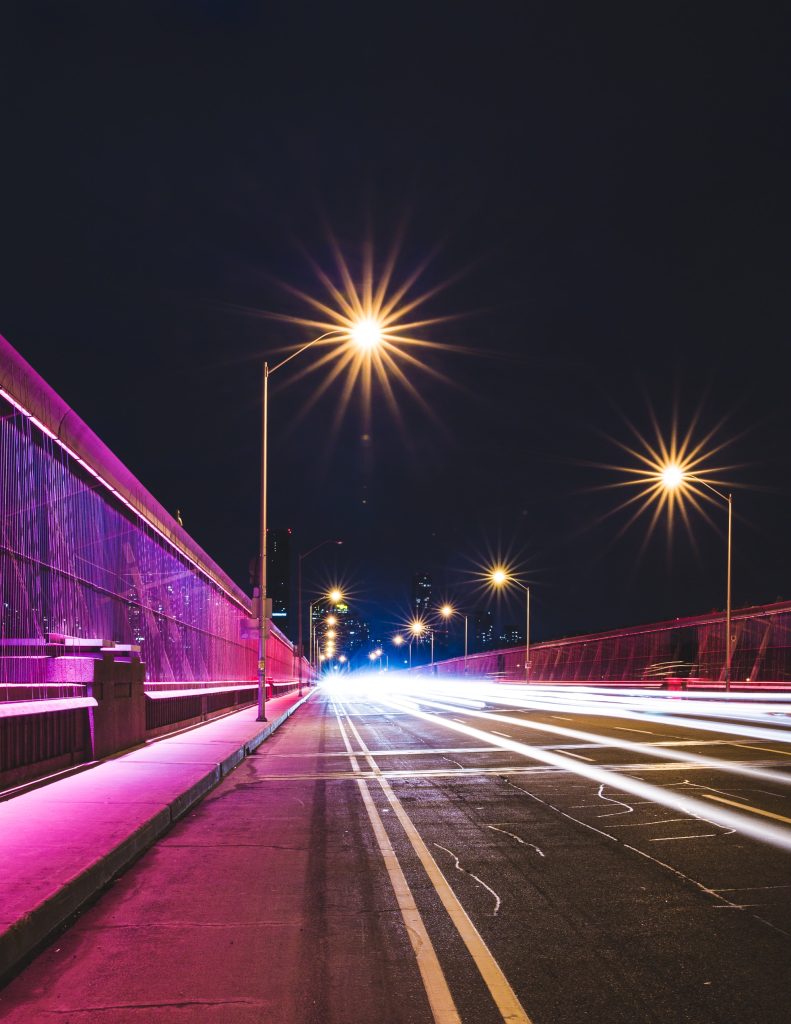
2. Consider uniformity of light.
Uniformity of light is essential in lighting design for parking lots.
Uniform light distribution minimizes dark spots and shadows, maximizing safety and security. It helps ensure pathways, crosswalks, and disabled parking spaces are well-lit and accessible to all.
And people notice. Studies have shown that with better light uniformity, perceived safety and aesthetics are improved.
3. Know the thermals of the products you’re specifying.
Thermals refers to the ability of a fixture to wick heat away from the LED. Proper thermal management is crucial for the prevention of early deterioration of parking lot fixtures.
To measure the potential life of a fixture, the IES suggests requesting and understanding TM-21 reports. The IES doesn’t use L70 values. It’s recommended you focus on 40˚C when determining output over time sometimes referred to as life.
4. Consider parking lot lighting controls.
It’s strongly recommended that lighting controls be part of your lighting designs for any parking lots. Controls enhance lighting performance.
Motion sensors can improve safety by providing light when a person enters an area. And photocells ensure the lights automatically come on at dusk and go out at down. Therefore, your lights are on only when needed, preventing wasted energy and money. Timers produce similar results.
Lighting controls are mandatory in some areas. Be sure to check the parking lot lighting codes before starting your design.
5. Know from whom you’re buying.
Don’t risk your project (or your reputation) by purchasing from a company you know little about. You should know how long they’ve been in business. What kind of warranty do they offer? If the warranty is longer than they’ve been in business, use caution. You want to work with a company that’ll be around if there’s a problem.
Good parking lot lighting is good for the health and safety of your patients, staff, and visitors.

Cooper Lighting Solutions has been providing high-performance, high-quality, innovative lighting products for more than 60 years.
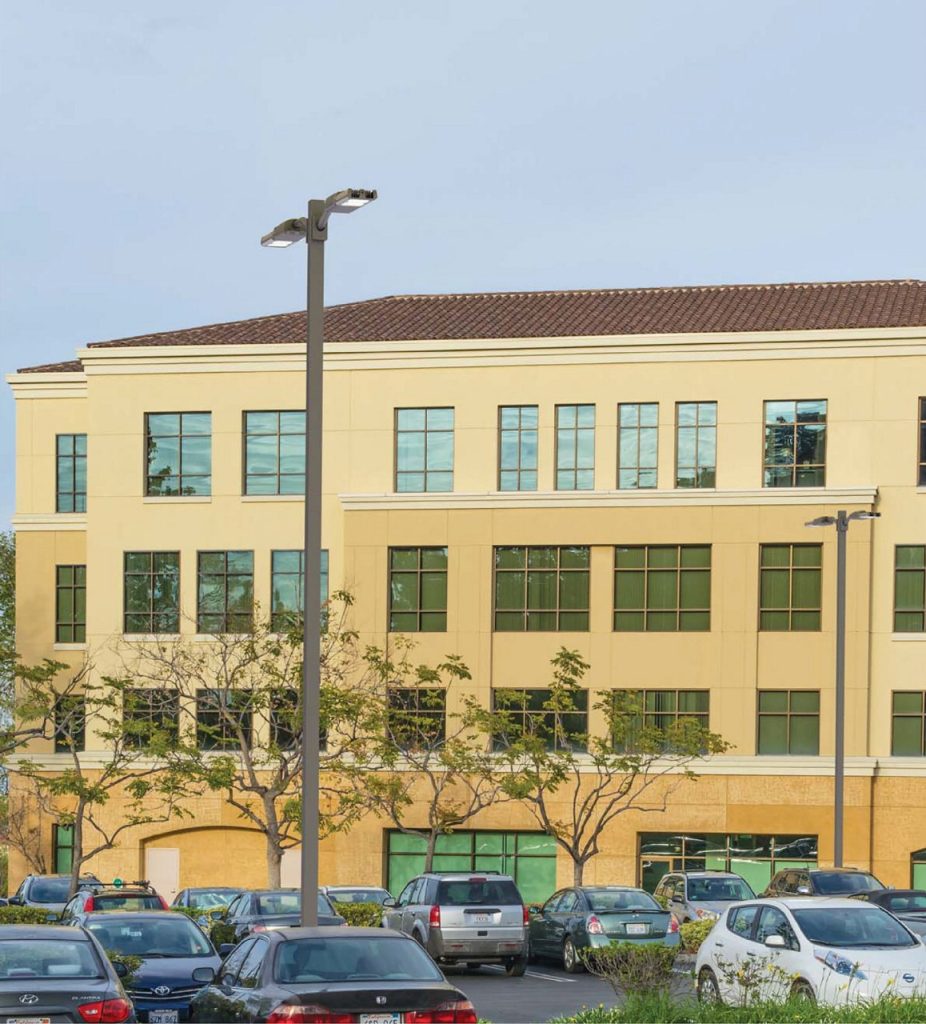
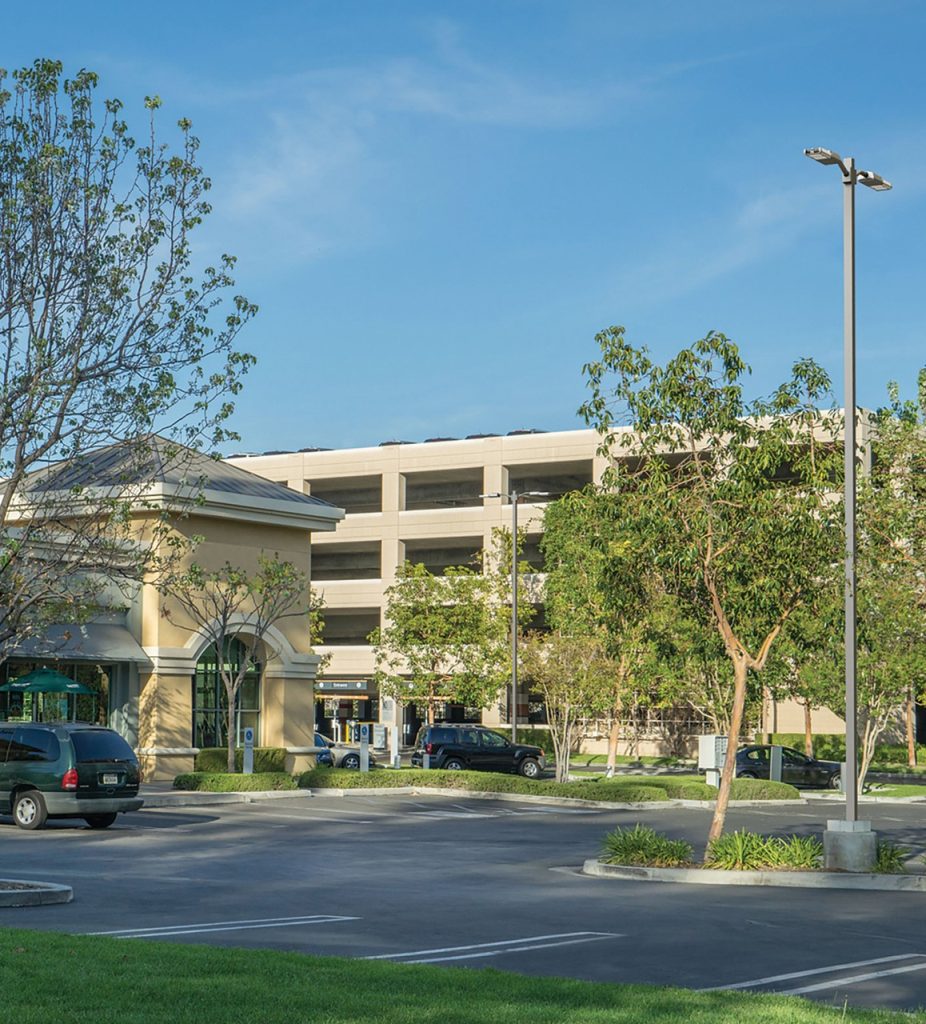
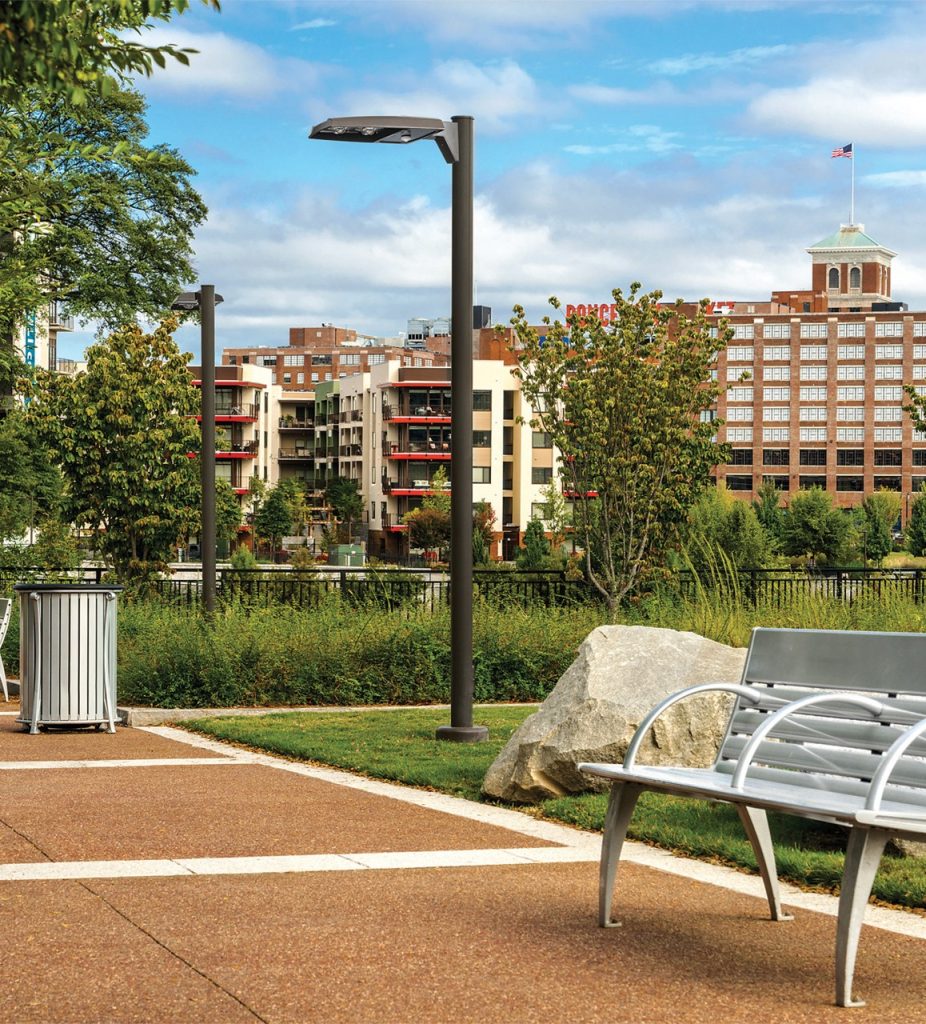
We offer a complete selection of parking lot lighting products and controls. And the healthcare industry is one of our largest markets. Click to learn more about our outdoor lighting portfolio.
More information available here






